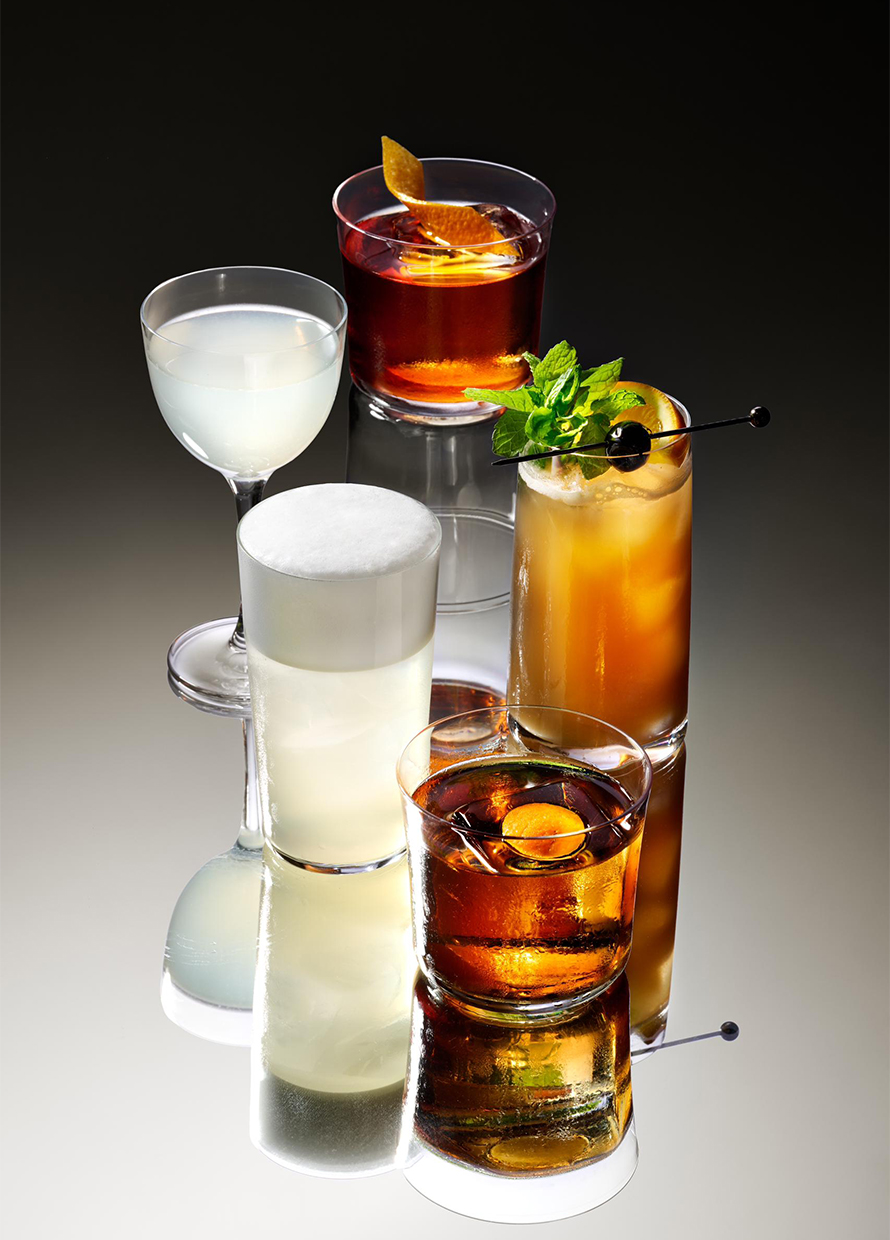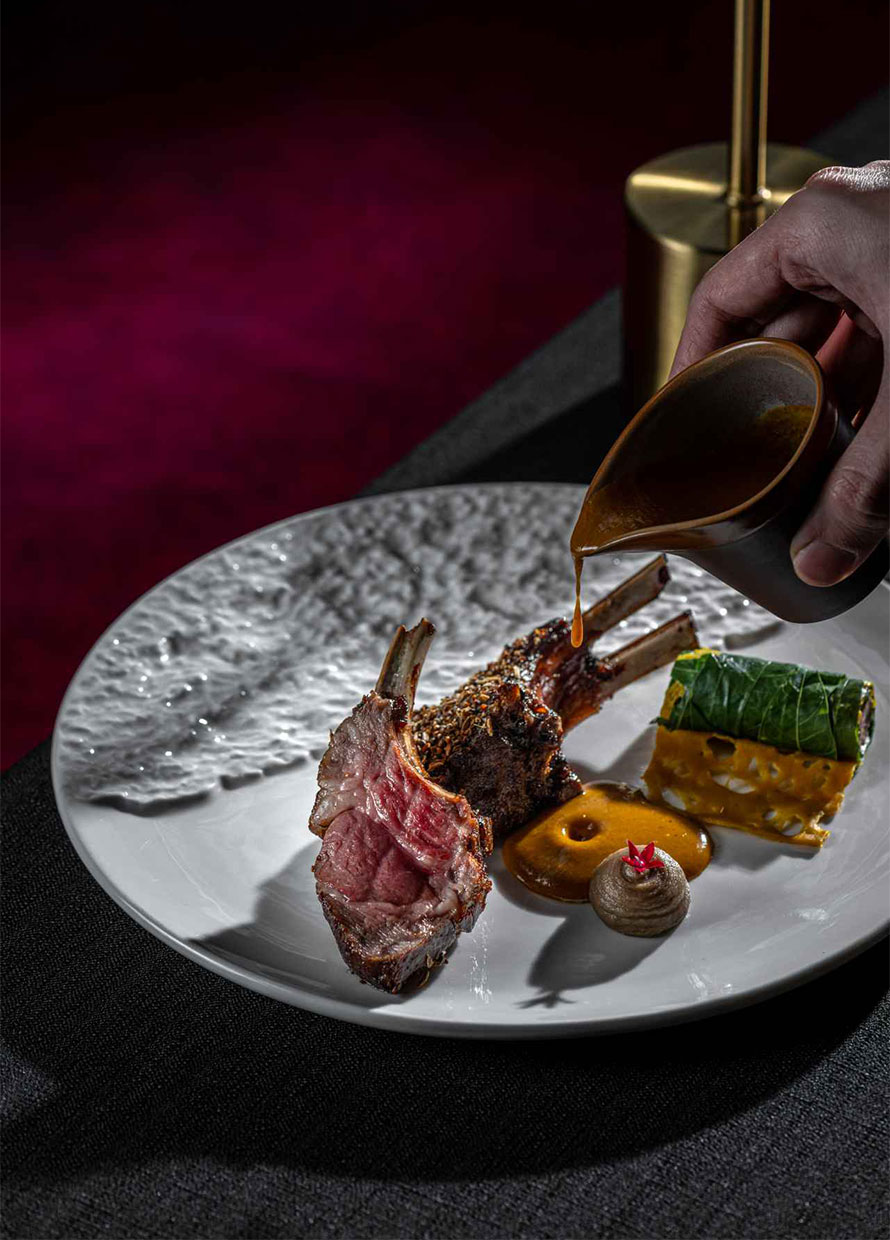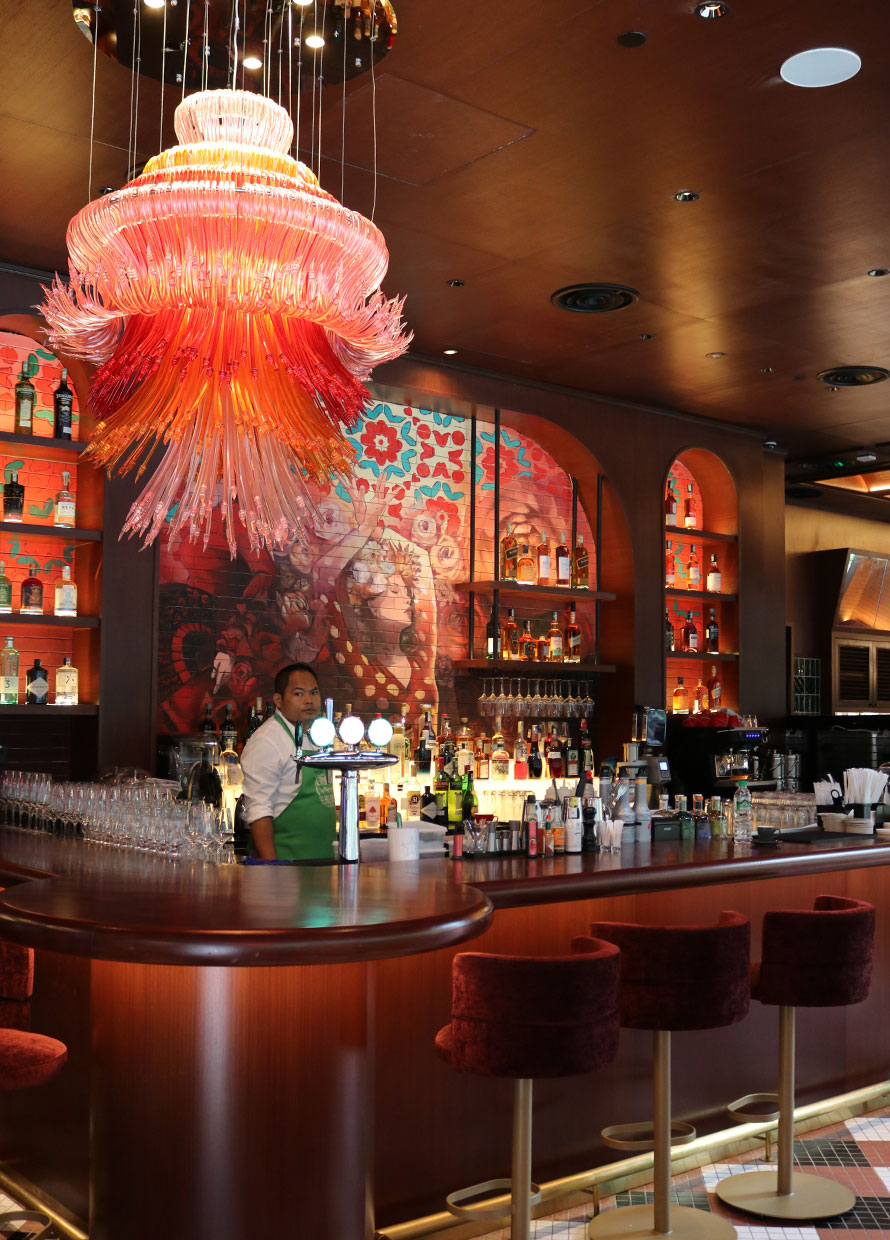BURO Bar Lingo: What is vermouth and how to enjoy it (cocktail recipes included!)
Vermouth 101
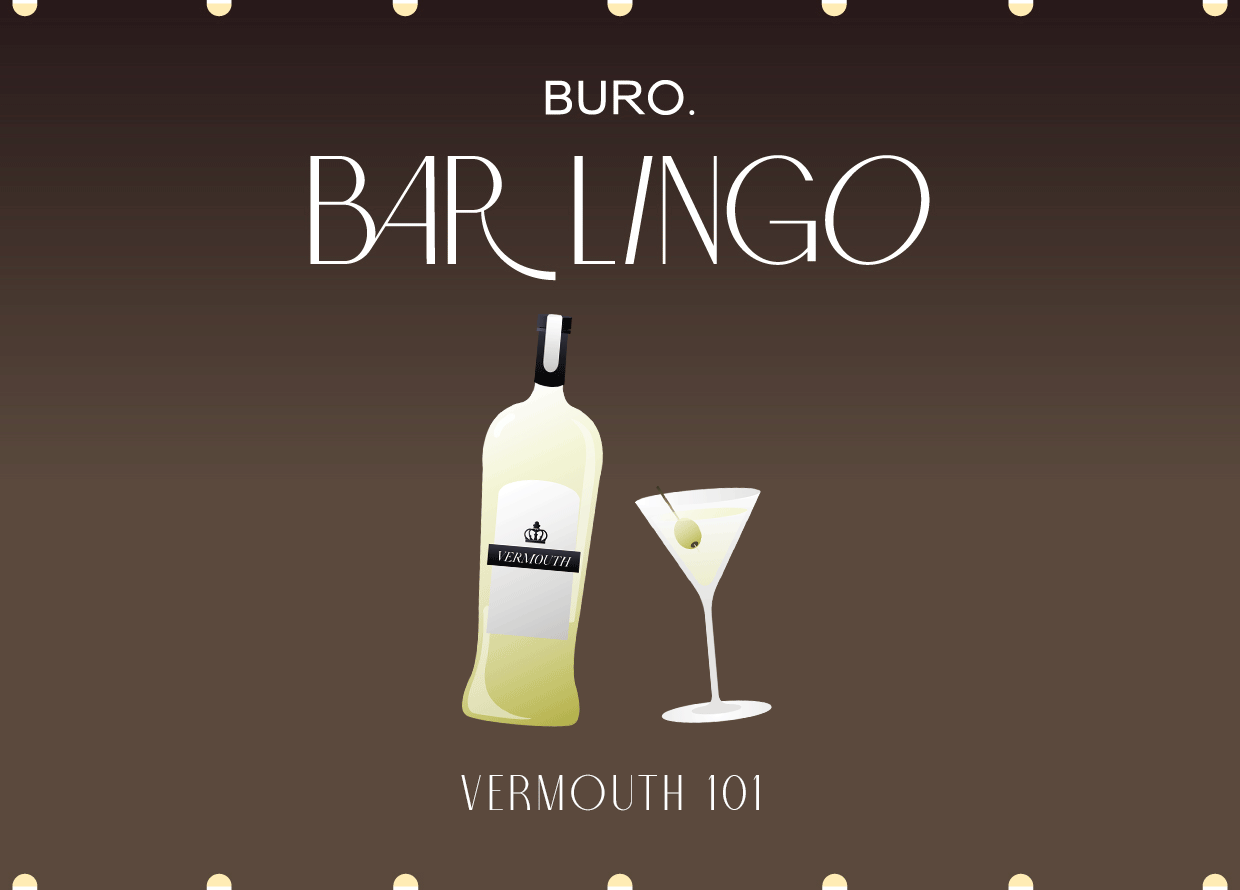
In the previous edition of BURO Bar Lingo, we dived into the five different types of wine and their most popular varieties. One particular variety of fortified wine that has been picking up steam in recent years is vermouth (pronounced as vuh-mooth).
Despite its long history, vermouth has had something of a renaissance in the second half of the last decade leading up to this one, especially in Europe. Though previously more commonly used in cocktails, one of the hottest ways to enjoy vermouth today is on its own!
To get to know this low ABV alcoholic beverage a little better, we speak to Murray Anderson, Brand Digital Associate of Cucielo Vermouth, on the properties of vermouth and how its consumption has changed over time. Read on until the end for a few simple recipes you can try at home!
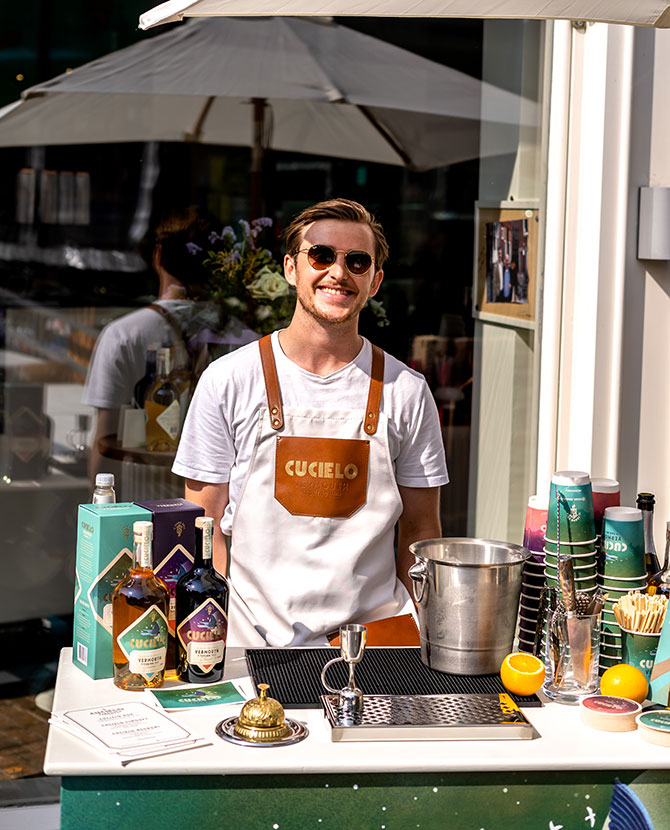
What exactly is vermouth?
“Vermouth is an aromatised, fortified wine. This sounds complicated, but it’s really quite simple. Firstly, vermouth must include wormwood, similar to what juniper berries are to gin. The aromatised part comes from the botanical infusion created—this is your blend of herbs and botanicals that are infused in neutral alcohol to extract their flavour. The fortified part comes from the addition of this alcohol and some sugar. This increases the alcoholic percentage and thus, creates fortified wine. The infusion is then added to your wine base, which creates vermouth.”
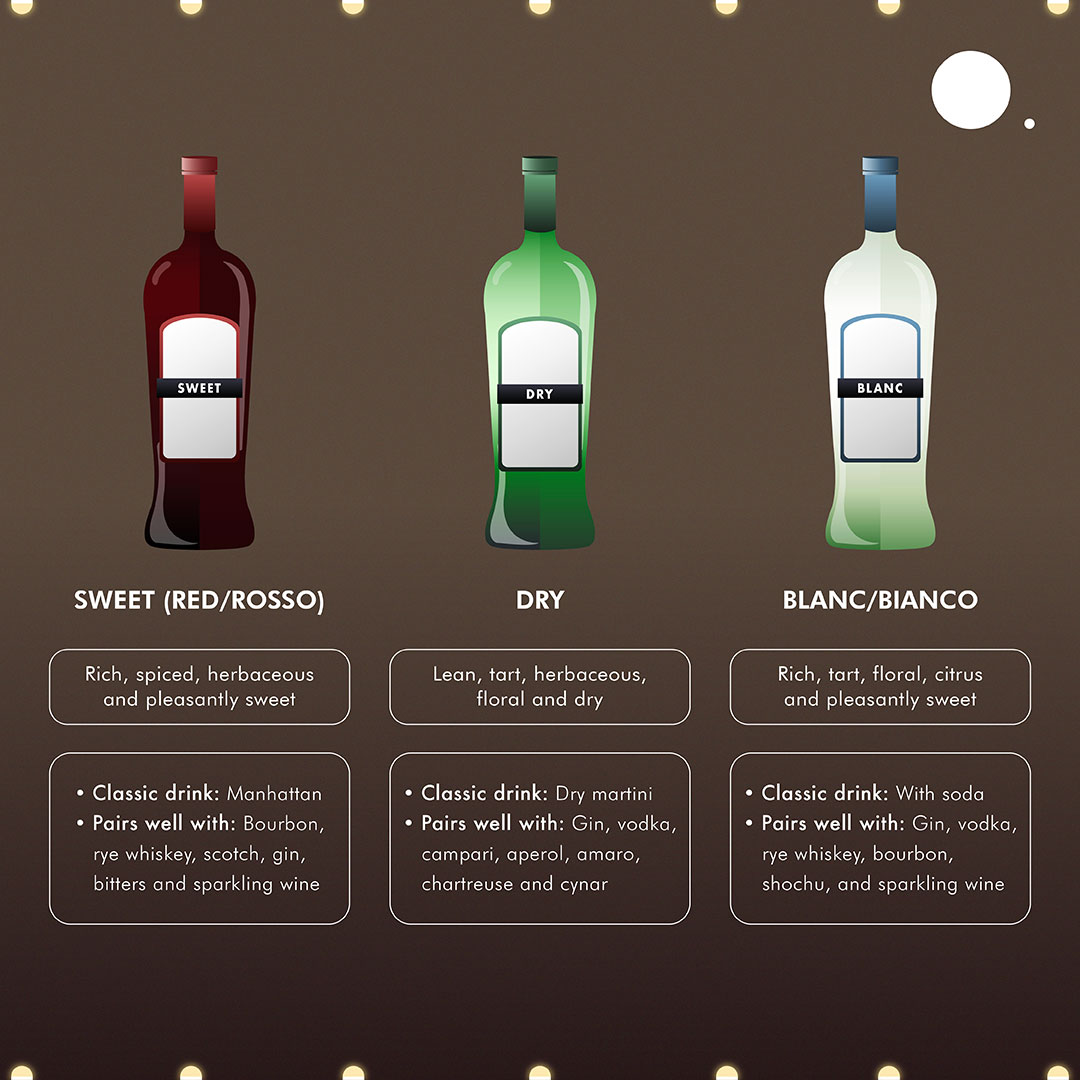
BURO Breaks It Down: The three types of vermouth

- Sweet vermouth is usually made with a red wine base, but can sometimes be made with a white wine base. It is fortified with a high proof alcohol such as brandy, infused with botanicals and sweetened with up to 15 per cent sugar.
- Dry vermouth is made from a white wine base, fortified with an unaged spirit, and infused with botanicals that tend to be more savoury and herbal than fruity. It is typically bone dry, with no sugar added.
- Blanc vermouth lie somewhere between the two, with it being sweeter than dry vermouth but drier and lower in sugar content than sweet vermouth. It is typically made from white wine grapes.
When and how was vermouth introduced to the world?
“When it was invented is a bit difficult, as some articles give different dates. The most popular piece of evidence comes from two brothers in Milan, Italy. Antonio and Bernadetto Carpano were said to be the creators of ‘modern vermouth’ in 1786.
“Originally, vermouth was a medicinal product. The use of herbs and botanicals in vermouth work as a great digestive aid, anti-inflammatory and a pretty tasty way to boost your immune system as well as relieve stress. As the years went on and medicine became more advanced, people began to drink these alcoholic products for their flavour and alcoholic properties. The flavour became more palatable and in today’s world, we now have a huge range of fantastic alcohol to choose from.”
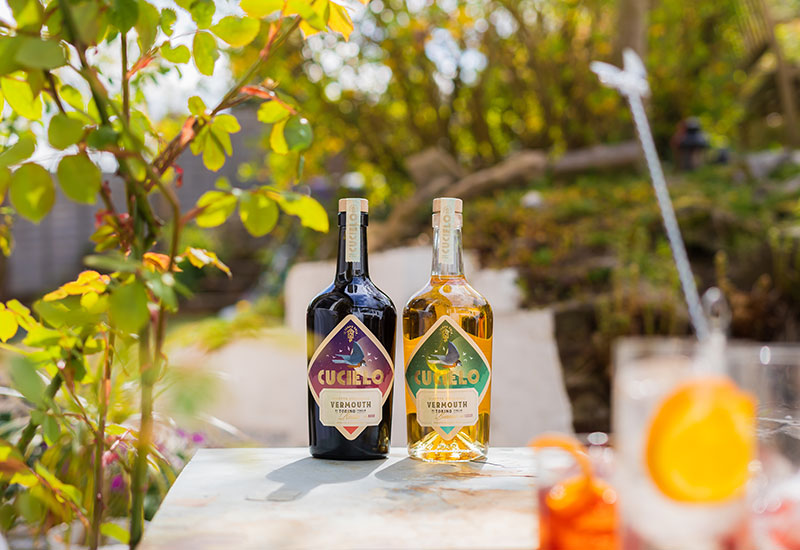
What makes Cucielo Vermouth different from the rest?
“Cucielo is not just a vermouth, but a Vermouth di Torino. Like champagne to sparkling wine or cognac to brandy, Vermouth ‘di Torino’ is a mark of quality and origin within the vermouth category. This means that whilst anyone can make vermouth, not everyone can make a vermouth di Torino as you must adhere to rules set and guided by EU Law. Cucielo Vermouth di Torino is a true all-Italian vermouth that proves its quality through the ‘di Torino’ appellation.”
How has vermouth changed with the times from when it originated until today?
“On my end, I have seen vermouth consumption become a huge amount more popular in the UK. It is now fashionable to enjoy quality drinks, and to know what goes in them. For this reason, people are now a lot more knowledgeable of quality alcohol, like Vermouth di Torino. We are also seeing a big increase in low ABV drinks being enjoyed at home too. Cucielo sits at 16.8 per cent and is within the low ABV category, so people are enjoying Cucielo with tonic water, soda or even on its own!”
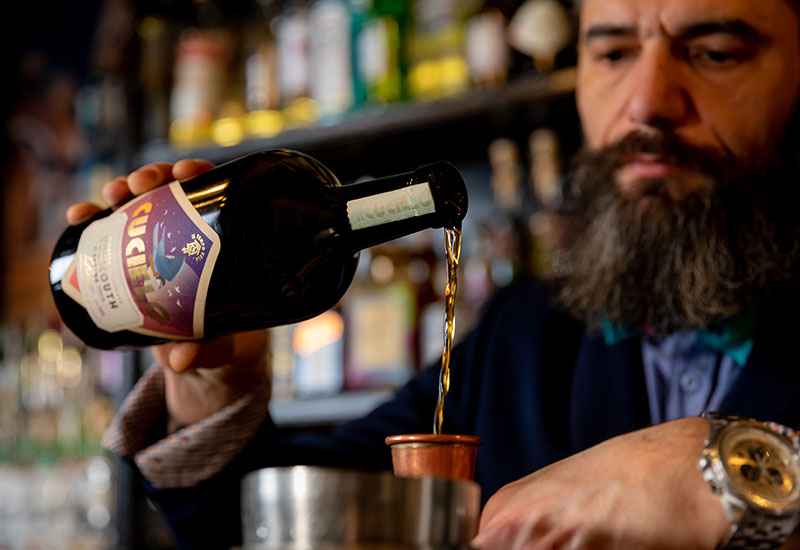
Are there any misconceptions about vermouth?
“Yes, one misconception is that if you do not refrigerate Vermouth it will go off or go bad! Of course, like wine, you need to refrigerate Vermouth after opening it. However, unlike wine, if you do not refrigerate it, it won’t ‘go off’ but the quality will degrade over time. We would recommend people to refrigerate.”
How is vermouth growing globally? Do you foresee it being a more common order at local bars and F&B establishments in the future?
“If you’ve ever been to Spain, we have bars called Vermuterias (read: a bar that specialises in vermouth), so Vermouth is a big deal in Europe. I would say in Asia, vermouth will certainly get much bigger thanks to bar/cocktail trends. It will never be huge, but certainly more common so look out for a bottle of Cucielo at your local bar!”
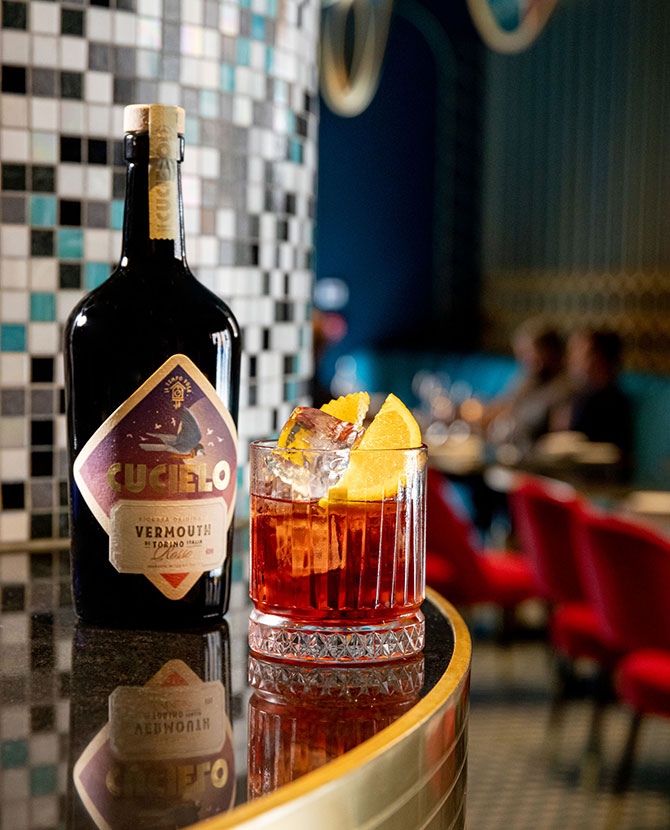
What are your favourite ways to enjoy vermouth (neat/on the rocks/as a cocktail)?
My personal favourite, the Negroni Sbagliato! Served in a wine glass filled with ice (see instructions below):
Instructions
1. Pour 35ml Cucielo Rosso into a glass.
2. Add 25ml Campari.
3. Top up with prosecco.
4. Give it a stir and serve with a wedge of fresh orange for a slightly sweeter, effervescent version of the Negroni.
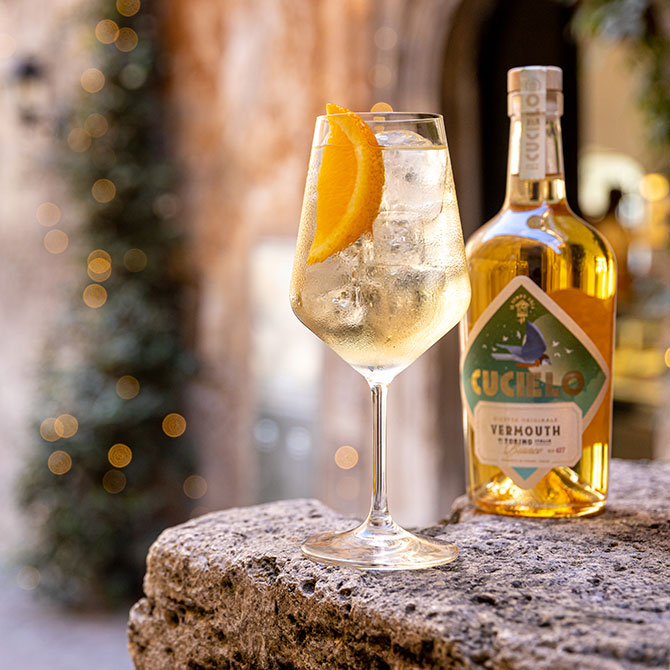
Click on the cocktails below for more easy-to-follow recipe videos:
Cucielo Vermouth di Torino Rosso and Cucielo Vermouth di Torino Bianco are available to purchase from Single & Available and selected retail and supermarket stores. For more information about Cucielo, visit the website.
Find more BURO Bar Lingo stories here.
| SHARE THE STORY | |
| Explore More |
